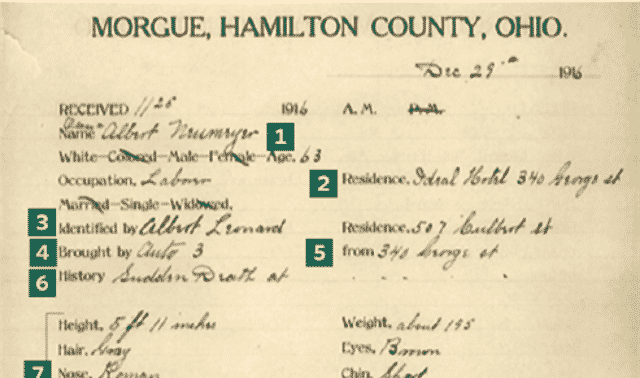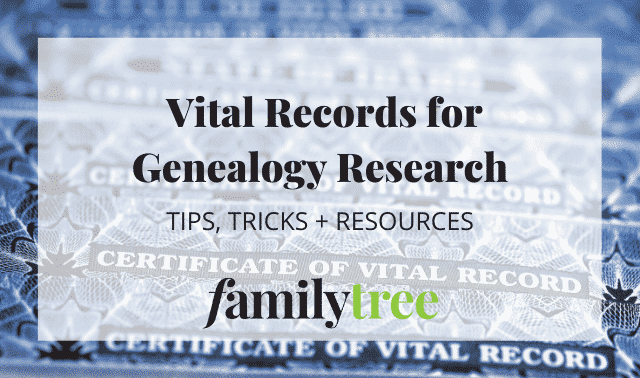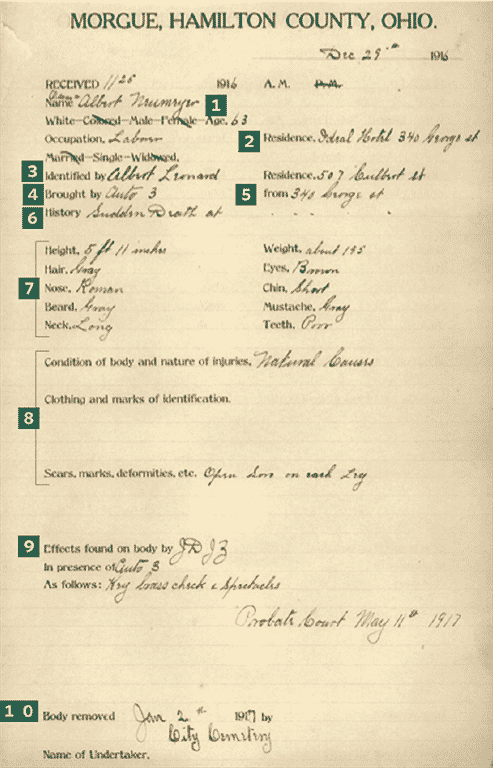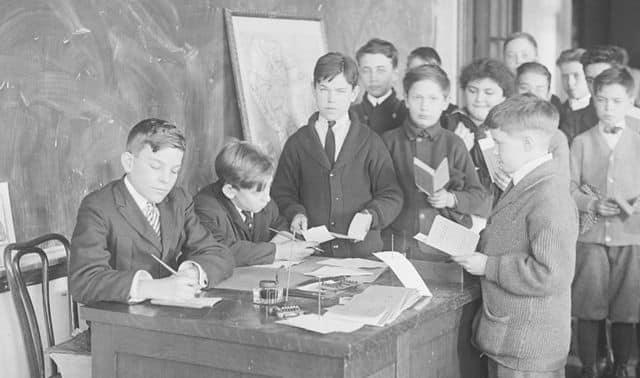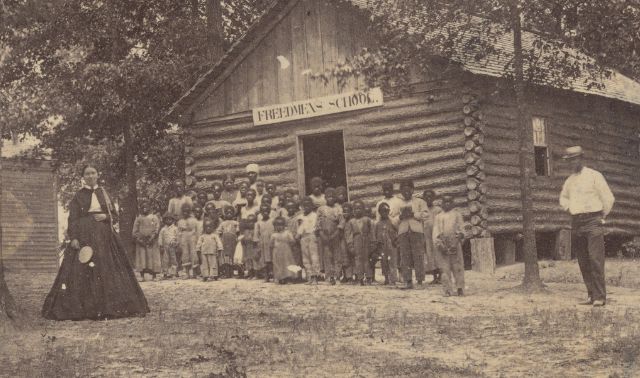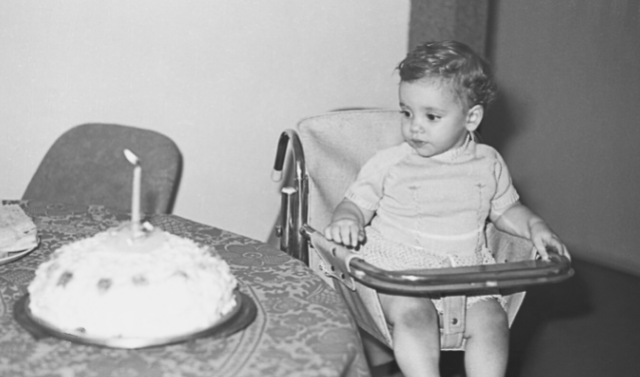Sign up for the Family Tree Newsletter Plus, you’ll receive our 10 Essential Genealogy Research Forms PDF as a special thank you!
Get Your Free Genealogy Forms
"*" indicates required fields
A coroner (often called a medical examiner) is a county or town government official responsible for confirming and certifying a death. This includes overseeing the examination of a corpse or ordering an inquest into a person’s death.
Not all deaths are subject to a coroner’s examination. Only those of an accidental, unusual, questionable or suspicious nature are usually investigated. Although a death certificate might be issued at the time of death, a coroner’s report may supersede the cause of death on the certificate, leading to the certificate being amended.
Government offices in the jurisdiction where the death occurred usually hold surviving coroner’s reports, though old records may be sent to a local archive. For example, this report from Hamilton County, Ohio, is part of a collection at the University of Cincinnati Archives and Rare Books Library. Reports may be arranged chronologically, by report number, or by the surname of the deceased. Some offices have digitized and indexed their records, and even posted them online; or you might find coroner reports on on websites such as FamilySearch.org.
Coroner reports vary depending on the place. Genealogists often overlook them as family history sources, but these records can provide rich information about a deceased inidual. They may predate death certificates in some places, offering important and otherwise unavailable clues. They also can point you to additional research leads in records of funeral homes, cemetery offices, newspapers and obituaries.
- The coroner might estimate the person’s age. Look for other sources to confirm the date of birth and age.
- Residential, marital and other information on the report may or may not be correct. Consult other records such as censuses, city directories, land and property records, tax records and vital records to learn more.
- The person who identified the body, if any, is listed, along with his or her residence and, sometimes, relationship to the deceased. This is a candidate for your cluster genealogy research. Check the proximity of this person to families with the same surname as the deceased.
- The method of transporting the body to the coroner’s facility might be automobile, ambulance, wagon or other transport.
- The location or address from which the body was transported to the coroner’s facility is important if the inidual didn’t die at home. It could indicate an accident or other incident covered in a newspaper.
- A physical or medical condition the decedent suffered from may be noted as a contributing factor to the death.
- Details of the person’s physical condition tell you what your relative looked like and could help you identify him or her in a photo.
- This is the primary information about the cause of death. In the case of a murder, the report may name the person believed to have committed the crime. Documents such as police reports, newspapers and funeral home records may add to the story.
- The coroner inventoried any personal effects found on the body. A family member usually claimed them; this person’s were turned over to a probate court. Probate records may contain details about the estate distribution and family members.
- The report notes when the body was removed from the coroner’s facility and where it was taken (here, to the city cemetery). This may point to funeral home and cemetery records for more clues.
A version of this article appeared in the December 2015 issue of Family Tree Magazine.
Related Reads
ADVERTISEMENT

